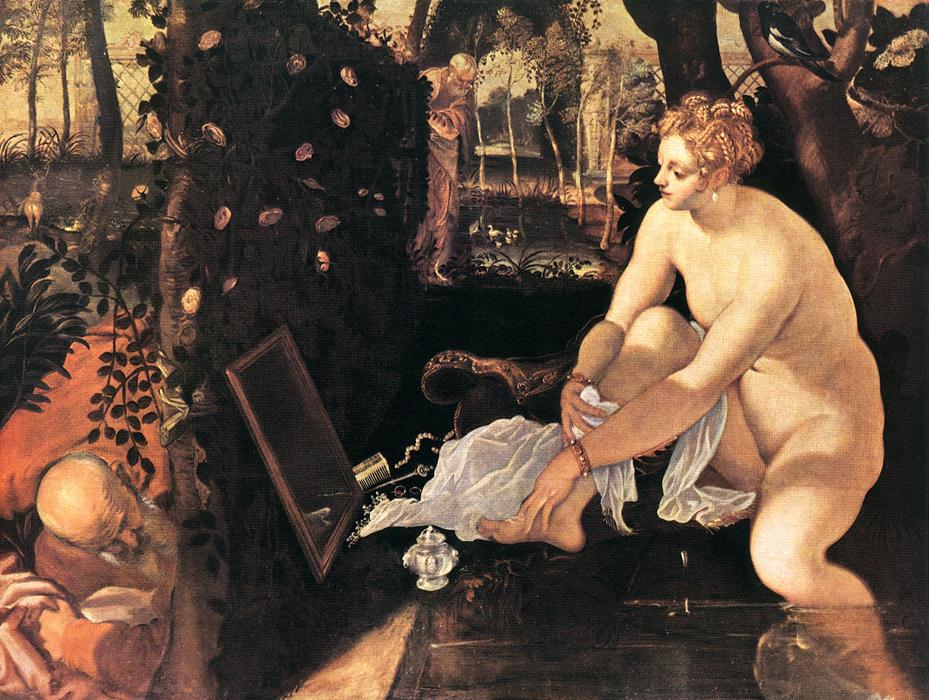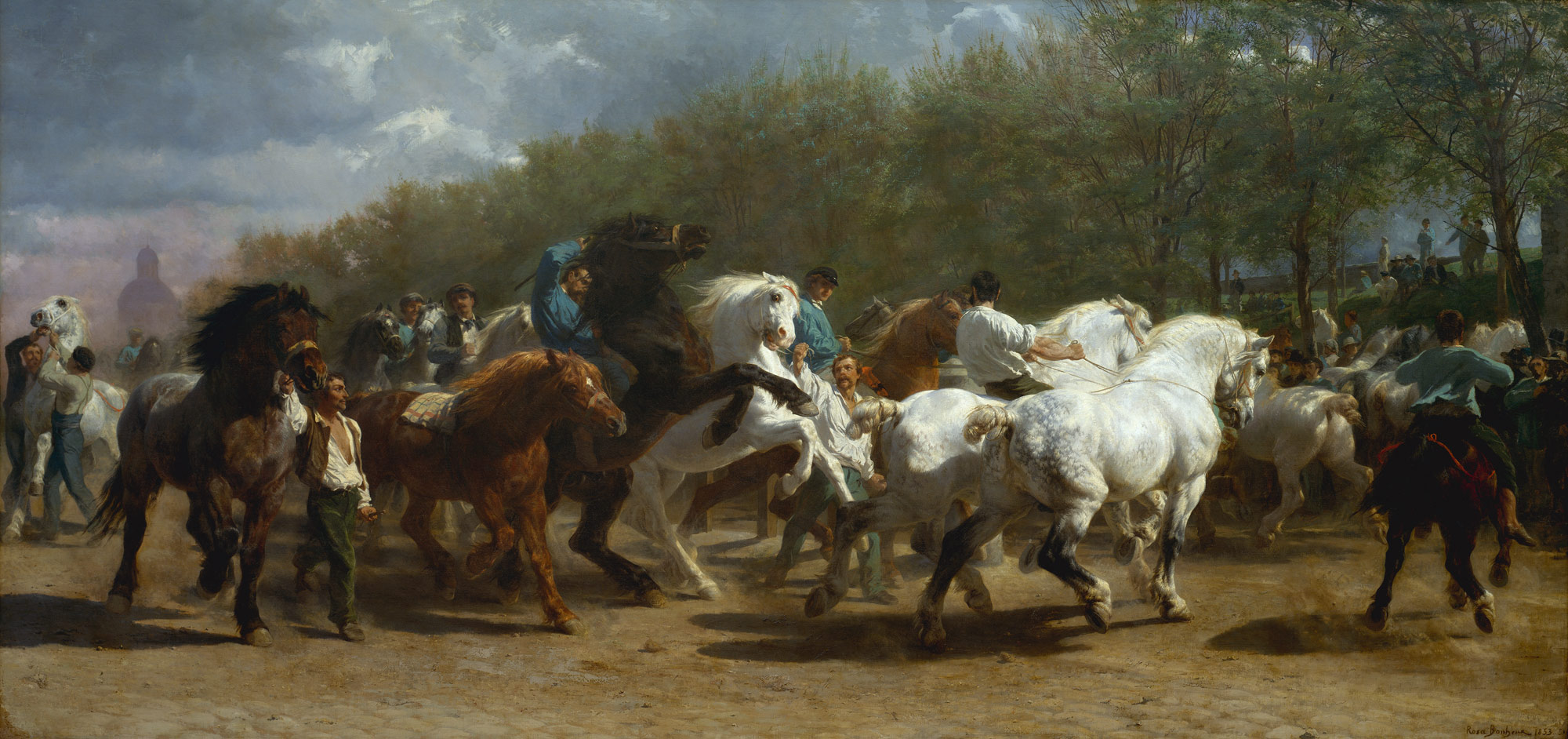Professor Cacoilo
Art and Women
March 7, 2017
Roles of Women
The Middle Ages took place in the fifteenth century in Western Europe. Women were still quite limited to explore outside there given gender-roles. In Europe the expected roles of women were to get married, stay home and bare children; it was an unfortunate time of oppression for women. Once a woman was married, she was considered her husband's property. Some women did work with silk, millinery, embroidery and special garment crafts. "The Christian Church, as the dominant force in the Western medieval life, organized communication and culture, as well as religion and education" (Chadwick 43). During the Middle Ages women were subjected to follow the Christian faith and the roles set by the church. The Church was the most powerful foundation for the Middle Ages. At this time the only way women were able to obtain the ability to read and write, was to join a convent and become a nun. Women were still constantly being limited and restricted to what they were allowed to do. |
| Christine De Pizan in her study, from the City of Ladies, 1405 |
 |
| Artemisia Gentileschi, Suanna and the Elders, 1610 |
 |
| Tintoretto, Susanna and the Elders, 1555 |
During the nineteenth century there were major technological advances, such as photographs. The nineteenth century was the time of Impressionism. Women began to receive more rights, but were still oppressed because of their gender. Men still did not believe women belonged in the art world. "Critics were quick to challenge the displays for their lack of "quality" and women once again found themselves confronting universalizing definitions of "women's" production in a gender-segregated world" (Chadwick 229). The work of women was not less than the work of men, but due to their different genders, anything women did is seen to be inferior compared to men.
Rosa Bonheur was a very important artist of the nineteenth century and for the early women's movement. Rosa Bonheur was a feminist who was a cross-dresser and engaged in a relationship with another woman. Rosa was known for her paintings of animals. Rosa was able to begin her love for her art through her father, who was a director of an art school for girls and believed in gender equality.
 |
| Rosa Bonheur, The Horse Fair, 1854 |
Men continuously throughout the Middle Ages to the Nineteenth Century have brought down and made it more difficult for a woman to become an artist. Unfortunately gender inequality still exists today for many women throughout the world, but these admirable artists have facilitated the path for feminists today.
Work Cited
Chadwick, Whitney. Women, Art, and Society. Londres: Thames & Hudson, 2012. Print.
The Guerrilla Girls' bedside companion to the history of Western art. London: Penguin, 1998. Print.
No comments:
Post a Comment